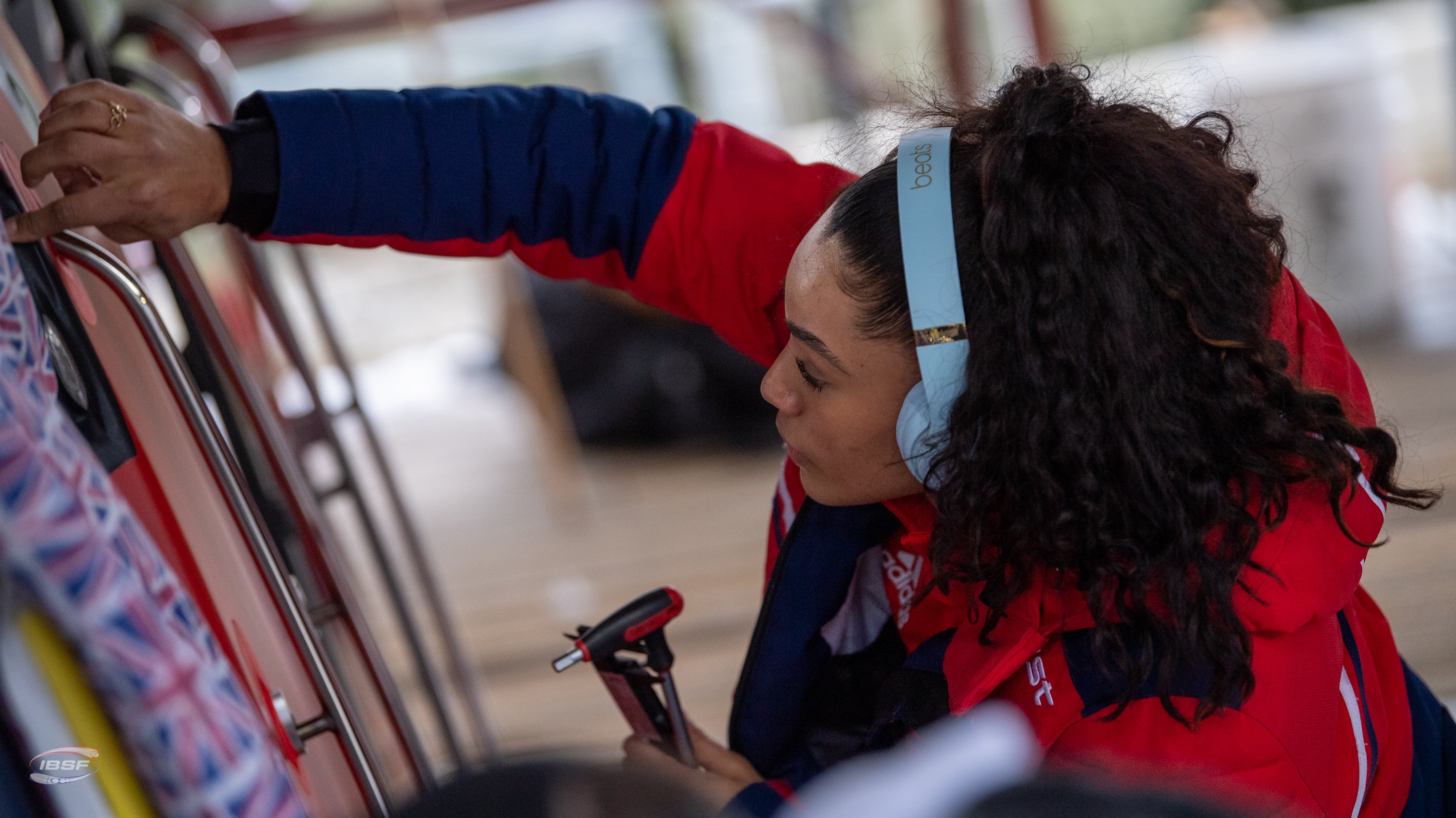|
1/12/2021 | Andrew Tracey |
In the last few years, throughout the Christmas season and well into January the internet has been awash with anti - ‘New Year’s Resolution’ messages.
From influencers telling you the best time to start is ‘RIGHT NOW!’, through to statistic driven online coaches spilling the tea on the rates of failure associated with this January tradition. And in all honesty, a lot of them have a point.
But for all of the pitfalls of a ‘new year health kick’, there’s no denying that there’s also power in using January 1st as a springboard towards long term change. Like an overinflated version of the old adage ‘never miss a Monday’, there’s a lot to be said for setting the tone for the rest of the year, early on.
A lot of the ‘anti-resolution’ brigade do a great job of pointing out the potential pitfalls, but these are all problems that we can course correct for in order to create the ultimate ‘NYR’ cheat sheet.
Here’s our five step guide to avoiding failure to launch, and ensure your New Year’s goals go the distance.
1. SPECIFIC IS TERRIFIC
Vague goals such as ‘get healthier’, ‘get in shape’ or ‘shift some weight’, won’t cut it.
Failing to define your goals properly leaves you swimming in a sea of ambiguity.
Am I moving closer to my goal? Who knows! This can leave you wide open to waning motivation and niggles of doubt.
It may take some serious soul searching, but the more specific you can get with your aim, the more vivid a picture you can create in your head, the easier it’s going to be to build a framework to follow.
So, what do you really want? Do you want to be stronger? Leaner? Increase your conditioning? Because despite their seeming similarities, all of these will require a different approach.
Picking a tenuous goal, or worse still - chasing the wrong goal, can leave you feeling deflated, frustrated and will more likely than not, lead you to throwing in the towel, so take your time on this one.
Making sure you lean the ladder against the right wall is just as important as how you climb that ladder.
2. WHAT GETS MEASURED GETS MANAGED
Once you’ve established the overarching goal you want to work towards, the next step is to break it down into a set of measurable and (more importantly) manageable milestones.
You want to put 50kg on your snatch? Cool. But it’s going to take a lot of momentum to keep pushing towards that goal, and that goal alone. You want to consistently add 5% to the bar each session, or each month? How about consistently hitting 8 sets of 3 with your current 3rm before ‘giving yourself permission’ to move up?
The more we can measure, and the more often, the easier it is to make small tweaks, and ultimately, the more small wins we’ll be able to clock up, keeping motivation high.
With any goal, find the metrics that are important to you, break them down into their smallest possible increments and create a realistic, manageable framework to chip away at.
3. KEEP IT REAL
Having a realistic goal is great - but does your plan reflect that same level of realism?
The single biggest mistake I see people make as they set off to conquer their yearly goals is trying to make too many changes, too soon.
Behaviour change takes energy. Huge, identity changes take HUGE energy. Trying to make too many of these at once is a recipe for running out of steam before the train has even left the station.
The trick? Adapt and tweak as many of your current habits as you can, before you try to install new ones.
Case in point - if you currently eat the vast majority of your meals out of the house, on the go, from supermarkets, canteens and petrol stations, instead of committing to meal prepping 20 meals every Sunday, in the hopes of completely kicking your Aldi addiction - simply tweak the meals you’re picking up on the go to reflect your new goals. Sure the Tupperware life may guarantee your calorie intake, but if you’re broken at the thought of cold sweet potato and dry chicken by Wednesday, you’ll more likely than not fall back into old patterns.
Be ruthlessly honest with yourself - your plan needs to work around you at your worst, tired, demotivated and on cruise control, not the version of you that set out with all of the best intentions in the world.
Make as few changes as possible, work within the habits you already have, and then when you’ve established a comfortable new baseline, take another step forward.
4. BECOME A STREAKER
With sensible, measurable goals that realistically reflect your true goals in place- it’s time to pull the trigger.
One of the best ways to hack your psychology for success is to lean into our brains love of repetition.
Repetition plays a pivotal role in habit formation (duh?). Obvious I know, but this is because it breeds what neurologists call automaticity, an effect that essentially puts certain behaviours or actions on autopilot to conserve cognitive energy.
This is great on paper, and if it was as easy as it sounds, we would have all hit every goal we set out to achieve by now. But how do we ensure repetition until the habit has stuck and autopilot has kicked in?
BECOME A STREAKER
Remember those small, manageable, measurable targets we spoke about? I want you to identify a number of those that can be performed, daily, weekly or even monthly and create some sort of visual to represent them. That could be as simple as a notes doc on your phone, a pen and paper stuck to your fridge, or a fully fledged wall chart complete with stickers.
Anything goes here, and the more specific the action is in relation to your goal, the better- workouts, solid days of nutrition, hitting your calorie targets, avoiding alcohol.
If it can be measured daily or weekly- stick it on the chart.
Every time you hit the bullseye on your small, daily goal make a visual mark. Something you’ll see every day. Pretty soon, you’ll see a successful pattern coming together that won’t only remind you of the effort you’re putting in, but it will give you a serious incentive not to break your winning streak.
This may seem like a small, perhaps even childish tactic - but there’s real science behind it. Streaks and gamification like this are regularly used by businesses to play on your emotional response system and provoke a (usually monetary) reaction. Isn’t it about time you made this system work for you?
5. FAILURE ISN’T FINAL
Fallen off the wagon? Broken your streak? Fallen back into bad habits?
Who hasn’t?
There isn’t a single successful person alive who can say they’ve never been sidetracked, waylaid or encountered some form of failure on the road to success.
The only factor that makes any failure final, is making the choice to quit.
So take it easy on yourself, accept that you’re a fallible human, just like the rest of us and pick back up from where you left off, attaching zero guilt to the occasional stumble.
It’s almost a cliche at this point, but it’s worth remembering-
Giving up after a setback is like setting your car on fire because you picked up a puncture. Pull over, change your tyre and get back on the road.



